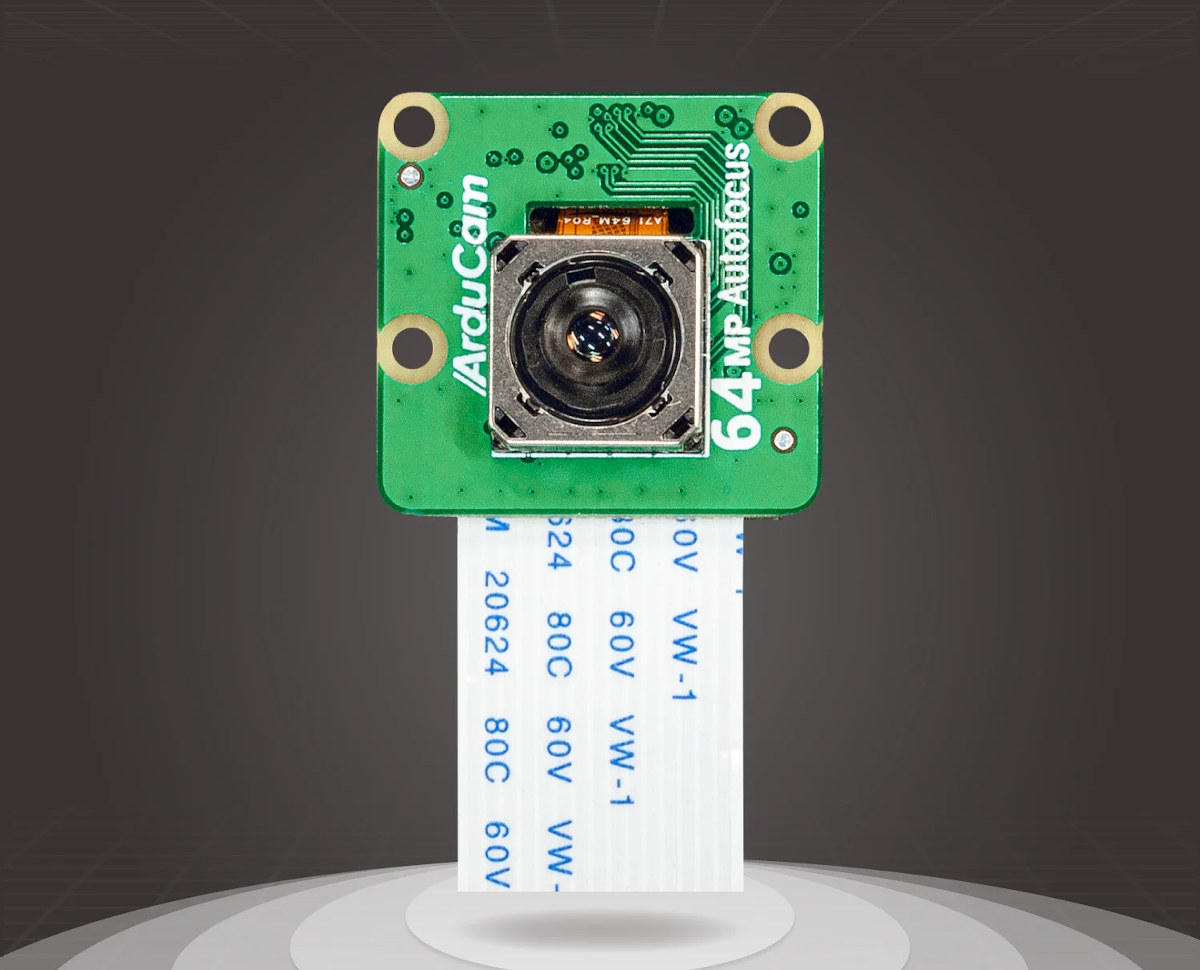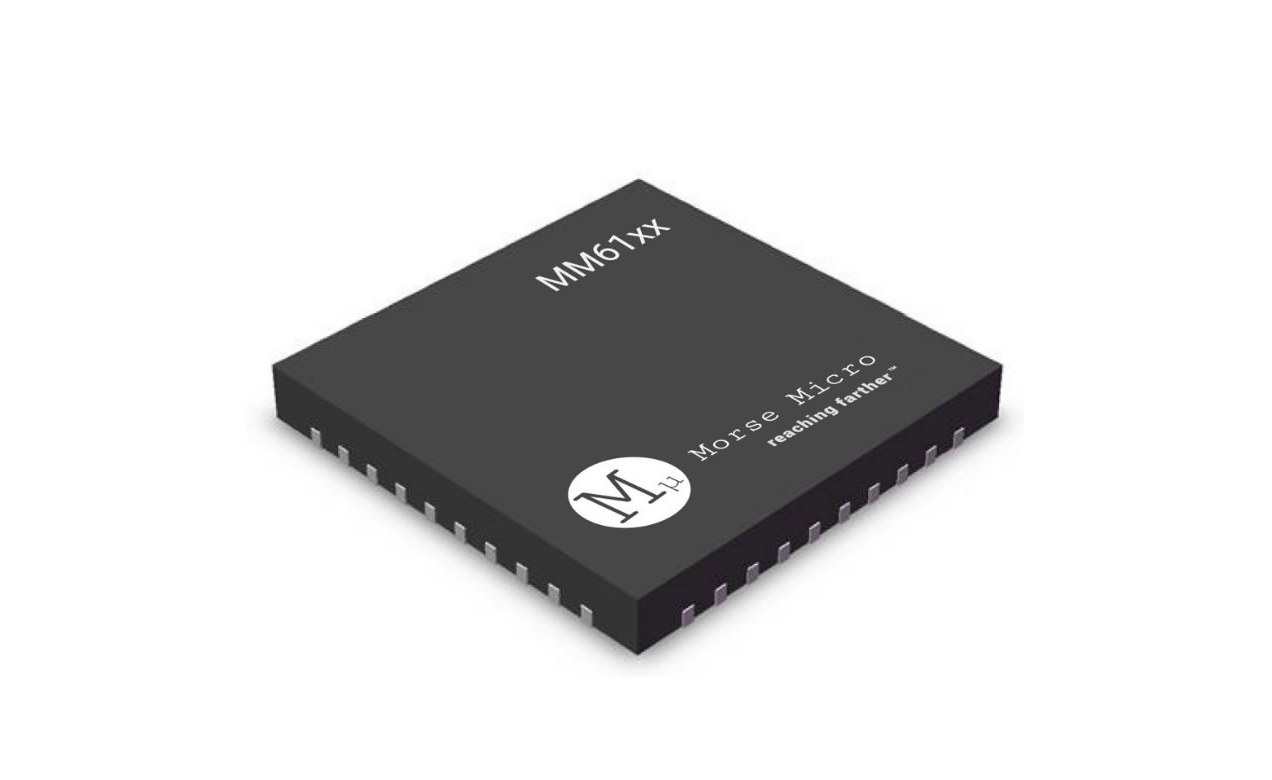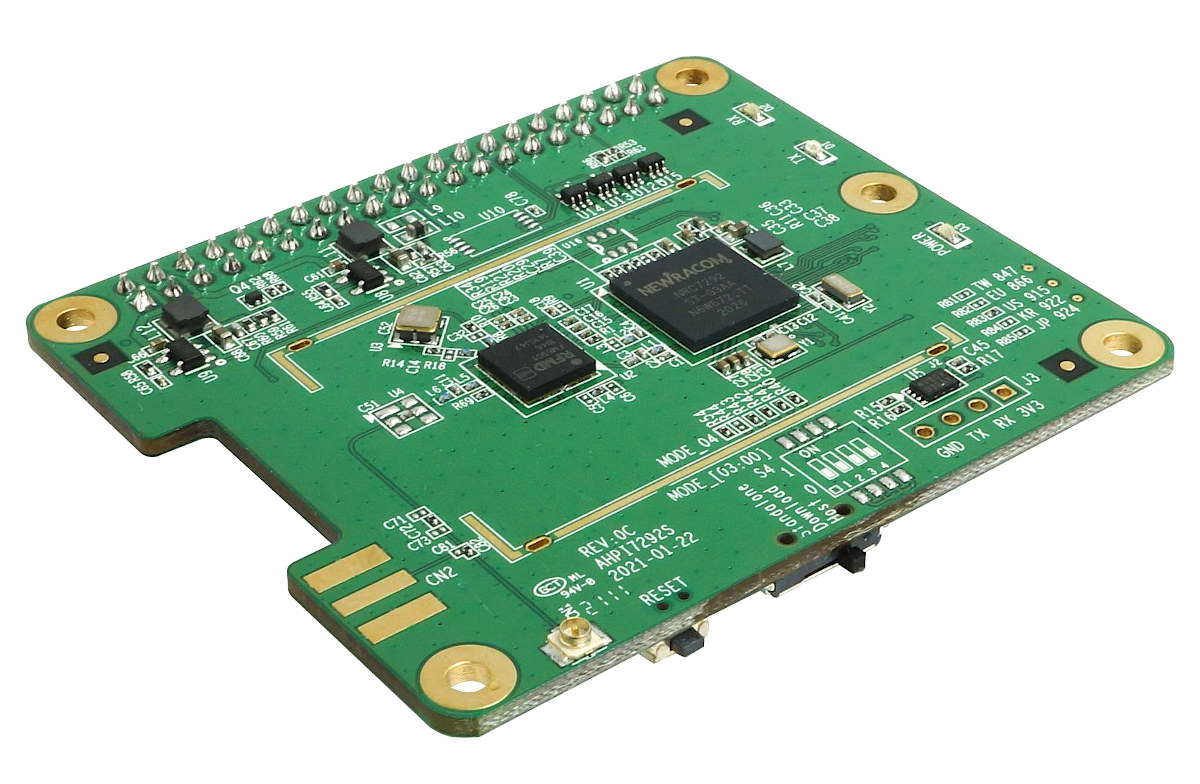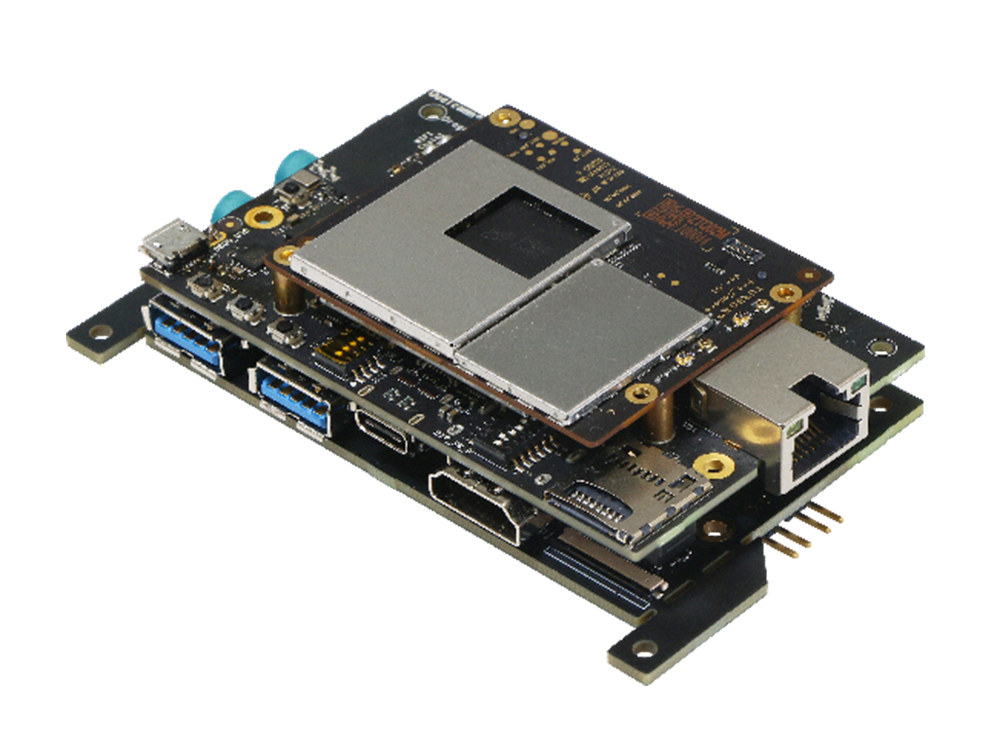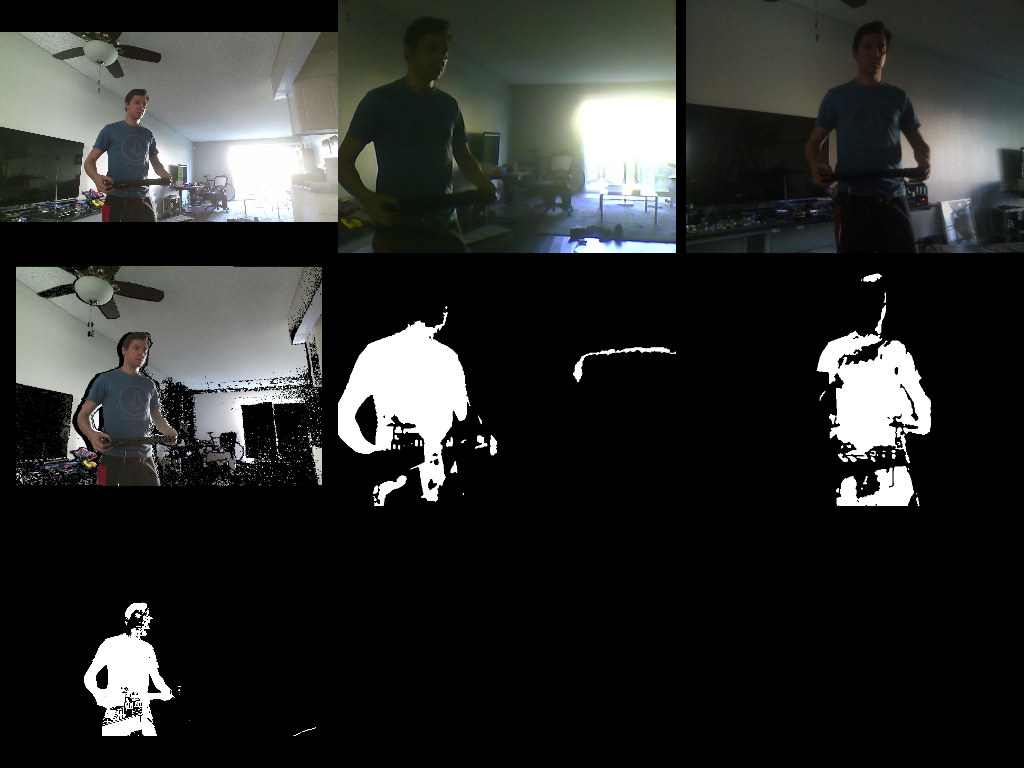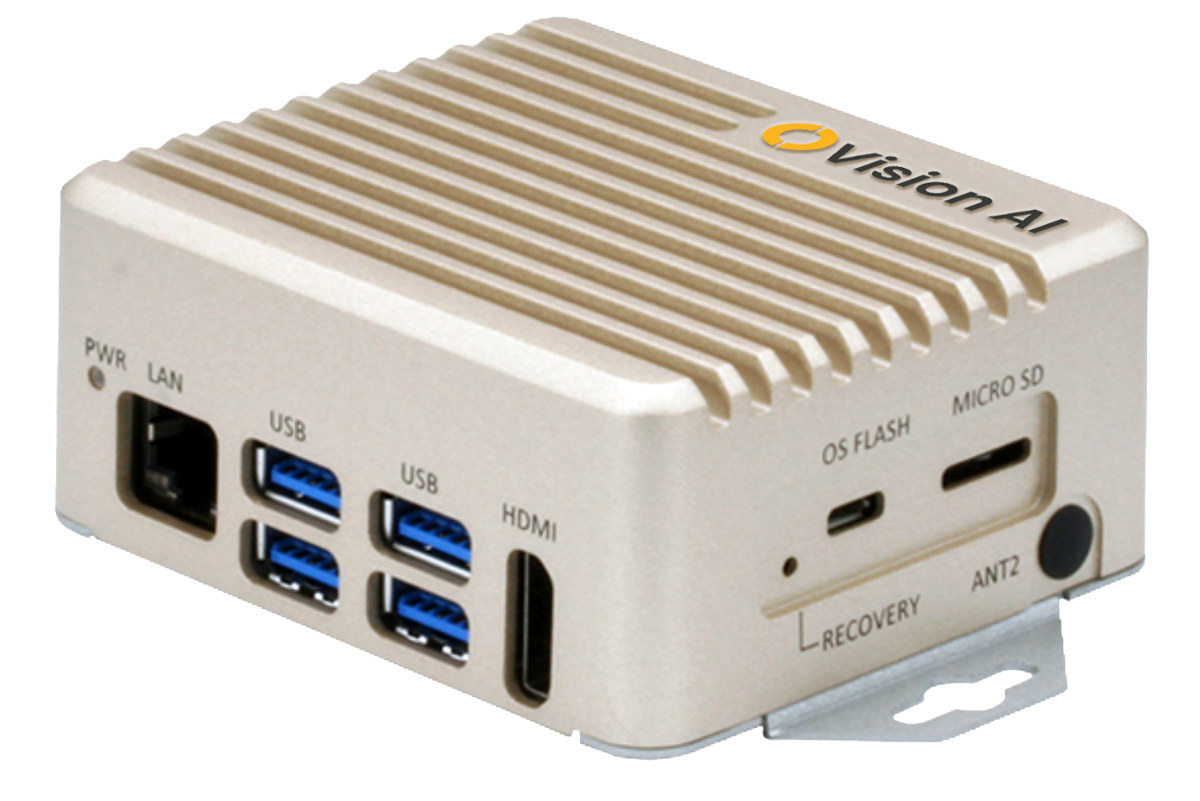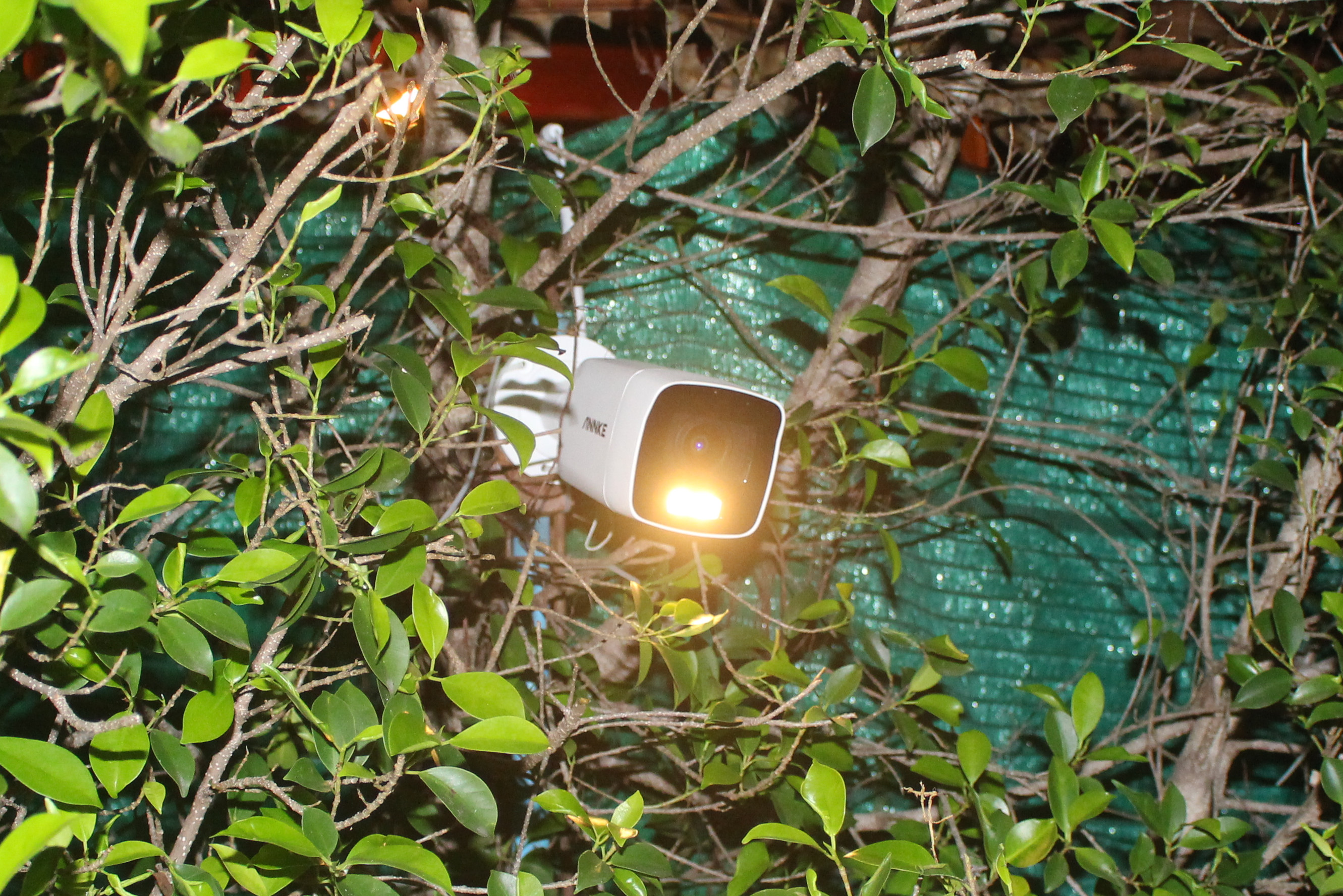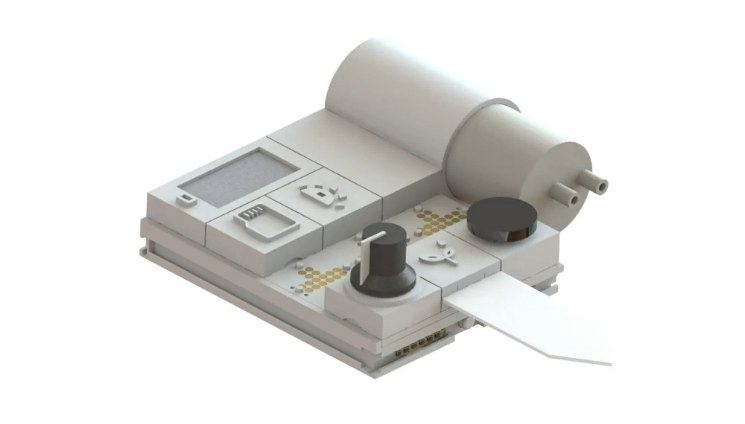Arducam Pi Hawk-eye is a 64MP “ultra-high resolution” camera for Raspberry Pi 4 or CM4 with built-in autofocus following the company’s 16MP autofocus camera introduced at the end of last year. The new camera module will allow you to take still images at up to 9152 x 6944 resolution, but videos will still be limited to 1080p30 on the Raspberry Pi 4. The Pi Hawk-eye is also compatible with the official Raspberry Pi v1/v2 cameras, meaning you can reuse your enclosures/mounts, and keep on using the same software, for instance, libcamera. Arducam Pi Hawk-eye specifications: Sensor – Sensor with 9152 x 6944 pixels resolution Still resolution – 64MP Video modes On Raspberry Pi – 1080p30, 720p60, and 640×480 @ 60/90fps Camera module – 1280×720 @ 120 fps, 1080p60, 2312×1736 @ 30 fps, 3840×2160 @ 20 fps, 4624×3472 @ 10 fps, 9152×6944 @ 2.7 fps Optical size – 9.25mm diagonal (7.4×5.5mm) […]
Morse Micro MM6104, MM6108 Wi-Fi HaLow SoCs support up to 32.5 Mbps data rate
Australian company Morse Micro MM6104 and MM6108 Wi-Fi HaLow SoCs should offer some competition to the Newracom NRC chips found in all 802.11ah WiFi HaLow boards and devices released so far. Both MM610x chips have similar features, but the MM6104 SoC supports 1/2/4 MHz channel bandwidth for up to 15 Mbps data rate – just like the Newracom NRC7292 chip – while the more powerful MM6108 can handle a data rate of up to 32.5 Mbps thanks to 1/2/4/8 MHz channel bandwidth. MM6104/MM6108 specifications: Optional 32-bit RISC-V Host Applications Processor (HAP) Single-Chip IEEE802.11ah Wi-Fi HaLow transceiver for low-power, long-reach IoT applications Worldwide Sub-1 GHz frequency bands (850MHz to 950MHz) On-chip power amplifier with support for external PA option MM6104 – 1/2/4 MHz channel bandwidth for up to 15 Mbps data rate (Note: the datasheet reads “single-stream max data rate up to 40 Mbps”, but it appears to be a mistake […]
Add WiFi HaLow to Raspberry Pi with ALFA Network AHPI7292S HAT
ALFA Network AHPI7292S is a Raspberry Pi HAT with WiFi HaLow (802.11ah) offering low power connectivity, up to one kilometer line-of-sight range, and that’s mostly useful for security cameras, but it can also be used to extend the range of the network for other purposes. The Newracom NRC7292 expansion board adds to be few WiFi HaLow hardware we’ve seen in the past year including a mini PCIe card, a WiFi HaLow development board, and a gateway kit to extend the range of IP cameras. ALFA Network AHPI7292S specifications: Chipsets – Newracom NRC7292 WiFi HaLow SoC (IEEE 802.11ah draft 8.0 compliant) RF – Qorvo RFFM6901 front-end Frequencies – 847 MHz (TW), 866 MHz (EU), 915 MHz (US), 922 MHz (KR), 924 MHz (JP) Modulation – OFDM with BPSK, QPSK, 16QAM, 64QAM Data rate – 150 Kbps ~ 15 Mbps Channel bandwidth – 1/2/4 MHz Antenna connector – 1x IPEX/U.FL connector or […]
TurboX C7230 SOM integrates Qualcomm QCS7230 SoC for WiFi 6 & 5G 8K AI cameras
Thundercomm TurboX C7230 SOM is a system-on-module powered by the just-announced Qualcomm QCS7230 hexa-core processor with 7 TOPS of AI performance and designed for WiFi 6 and 5G connected smart cameras with up to 8K resolution. The TurboX C7230 module comes with 8GB LPDDR5 (PoP), 128GB UFS storage, six MIPI CSI camera interfaces, two MIPI DSI display interfaces, as well as a QCA6391 chip for WiFi 6 and Bluetooth 5.1 connectivity, plus optional 5G cellular connectivity through an optional Snapdragon X55 module that connects to the TurboX C7230 development kit. TurboX C7230 SOM system-on-module specifications: SoC – Qualcomm Snapdragon QCS7230 hexa-core processor with 1x Kryo 585 Gold (Cortex-A77) core @ 2.84 GHz, 3x Kryo 585 Gold cores @ 2.4 GHz, and two Kryo 585 Silver (Cortex-A55) cores @ 1.8 GHz, 4 MB L3 cache, Adreno 650 GPU, Adreno 665 VPU, Adreno 995 DPU, Hexagon DSP with dual-HVX, and Spectra 480 […]
OASIS – ROS 2 based Smart Home operating system integrates with Kodi
OASIS is a Smart Home operating system based on ROS 2 that currently implements computer vision, input streaming, and general automation features, and can be integrated into Kodi media center. The operating system was recently released by Garrett Brown (a.k.a. garbear or eigendude), who is also known for being the RetroPlayer developer from Team Kodi/XBMC, and provides a complete implementation of the Firmata protocol for communicating with Arduino boards, plus additional support for temperature and humidity sensors, I2C, servos, sonar, SPI, stepper motors, and 4-wire CPU fans. Two main use cases are computer vision and input streaming at this time. The illustration above shows the former with the Kinect 2 driver ported to ROS 2, a background subtractor on all camera feeds using bgslibrary C++ background subtraction library, and Kodi as the visual interface. The second, input streaming, can be seen below with a Lego train (including a Falcon spaceship!) […]
Tiny Jetson Xavier NX mini PC gets AI-powered Oosto video analytics software
The Oosto Vision AI Appliance is a palm-sized “near-edge” device based on the NVIDIA Jetson Xavier NX system-on-module and running the company’s neural network models for video analytics that are optimized to support low-power devices, as opposed to servers with powerful GPUs. It’s not actually a new device, as the light gold color of the enclosure below looks like a model from AAEON, and indeed, it looks just like the AAEON BOXER-8251AI embedded box PC. That most probably means AAEON provides the hardware, and Oosto installs their video analytics software unto the device. It’s still interesting to look into the announcement, and Oosto has a TCO calculator that will put into context the cost involved in specialized B2B or B2G (business-to-government) solutions. Oosto video analytics software appears to focus on facial recognition for touchless access control and to help law enforcement apprehend suspects (from a watchlist) and help de-escalate […]
ANNKE NC800 security camera review – Part 2: color night vision, vehicle & human detection
I started the review of ANNKE NC800 security camera with color night vision last month by checking out the specifications and package content. I’ve now had time to install and test the camera with a focus on night image quality and person and vehicle detection. ANNKE NC800 installation The camera should be powered by a PoE injector, but since I don’t have any spare one, I just used an Ethernet cable and a 12V power supply. The kit includes bits to make sure the Ethernet cable is waterproof, but I would have had to cut the plastic bit on top of my connector, so I skipped that part. The cable is also protected from rain and sun where I’ll install it. I also installed a MicroSD card after formatting it to FAT32 to make sure it is recognized by the system, but it may not be necessary as the card […]
Pockit modular Linux computer gets a Raspberry Pi CM4 upgrade
We first wrote about the Pockit modular Linux computer with hot-plugging magnetic blocks about a year ago. The system was based on a STM32+ESP32 mainboard with a socket for an optional Raspberry Pi Compute Module 3 and included magnets and electrical contacts to snap and hot-plug modules/blocks while the computer is running. The developer (Anil Reddy) has made good progress with the project and added the option to use a Raspberry Pi CM4 with Pockit (provided you can find one) to improve performance, for example for computer vision. Other changes include support for AI accelerators, an improved dashboard, home automation integration, and more. Pockit now supports over 80 feature BLOCKS ranging from a rotary encoder to a microSD card reader to various camera types, an HDMI block, AI accelerators, and so on. All of which can be magnetically snapped while the computer is running, and automatically detected in the dashboard. […]


